Accurate: King George Was Mad
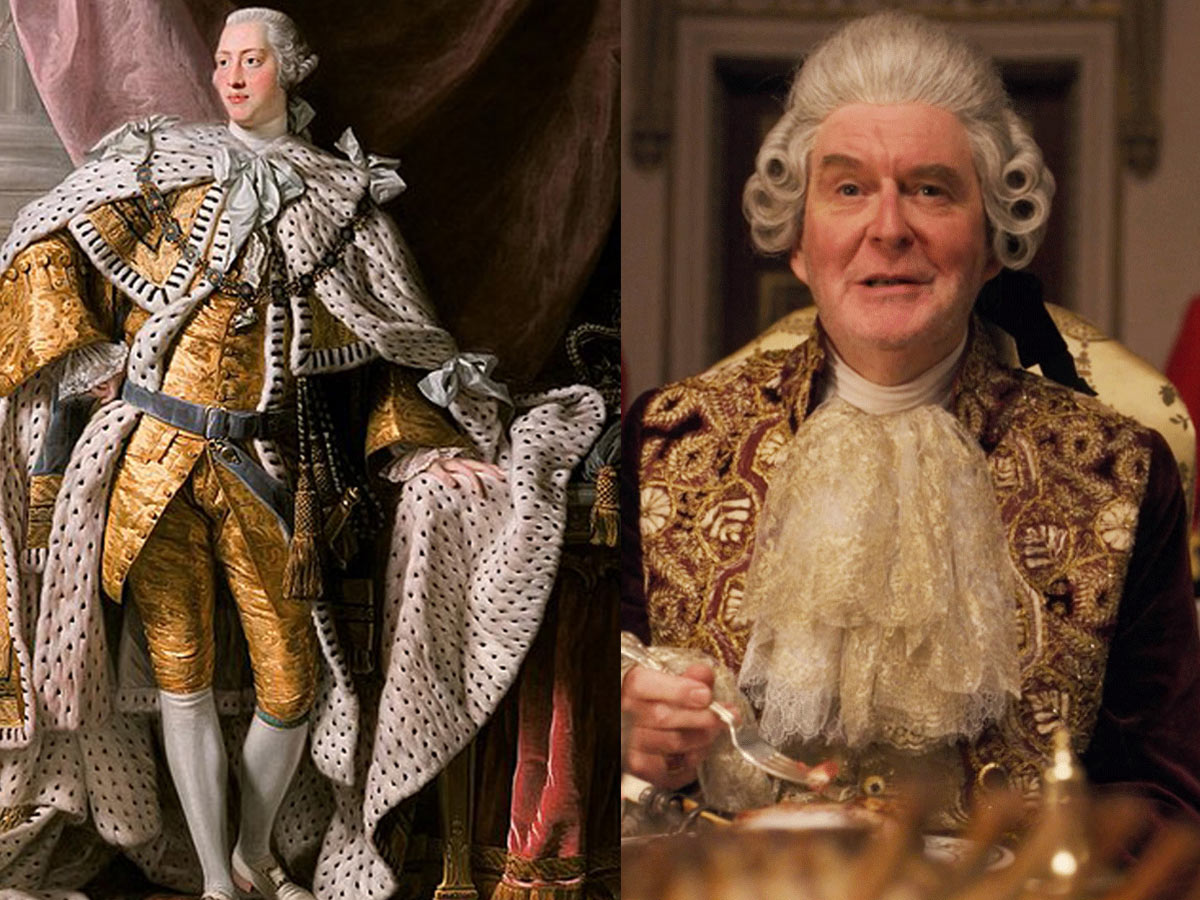
Just as the show correctly introduced Queen Charlotte, down to her love of Pomeranians and the fact that she discovered Mozart, they also accurately depicted her husband King George III as mad. However, they didn’t marry for love as Bridgerton suggests, since they met six hours before their arranged marriage, but they did end up having a very happy marriage until the onset of his severe mental illness. Bridgerton also got right that his mental illness, which was also accompanied by physical illness, was brought about by King George’s extreme distress over the death of his daughter Princess Amelia, who was his youngest and favorite daughter.
However, during his madness, Queen Charlotte wasn’t the ruler. Their son George IV, the Prince of Wales, took over a large part of the king’s duties and became known as “Prince Regent” due to the Regency Act that gave him intermittent rule. This time period between 1811-1820 when George IV, the Prince of Wales, was in power until his father, King George III, died was called the Regency era. So, as a Regency era piece set in 1813, Bridgerton technically shouldn’t have shown Queen Charlotte ruling, but we loved having her there and her amazing wigs. It’s not a history lesson, after all.
Accurate: Gossip Papers Did Exist in the Regency Era

Gossip news and scandalous reports aren’t something of the twenty first century, and definitely didn’t originate with Gossip Girl or People Magazine. Gossip papers have been found from hundreds of years ago, especially several popular ones from the Regency era, which means Lady Whistledown could’ve actually existed. They were very popular beginning in the eighteenth and nineteenth centuries when the printing press became widely used and were then called “scandal sheets” because they often revealed the various scandals that were happening at the time in high society.
One popular “scandal sheet” from the eighteenth century is Mrs. Crackenthorpe’s The Female Tatler papers where an anonymous writer spilled all of the scandals and gossip from the upper class. Her tagline of the papers was “a Lady who knows everything.” And although by the end of season one we know who Lady Whistledown is, according to a paper written by Paul B. Anderson in 1931 published in the Modern Philology journal by The University of Chicago Press, the identity of Mrs. Crackenthorpe was never revealed. While Bridgerton seems to have gotten the idea from Gossip Girl, which actually began production years after the first Bridgerton books were published, both of them are calling upon the age old tradition of being nosy.
Inaccurate: Ladies Didn’t Wear Corsets During the Regency Era

In the first scene showing the Featheringtons, we see Lady Featherington forcing one of her daughters to be pulled as tight as she can into her corset to get her waist to be the size of “an orange and a half” because that’s what Lady Featherington fit into at her age.
However, this is a historically inaccurate depiction of corsets. During the early 1800s in England, where Bridgerton is set, corsets were worn with the sole purpose of supporting the breasts, not making the waist as tiny as can be. This was due to the popularity of the empire waist dresses where the bust is more emphasized than the waist, which is what Daphne wore most of the time. The corsets for waist cinching and bust boosting didn’t rise in popularity until the Victorian era, which began in the 1830s.
Accurate: An Unmarried Woman Spotted Alone With a Man Was a Big Scandal
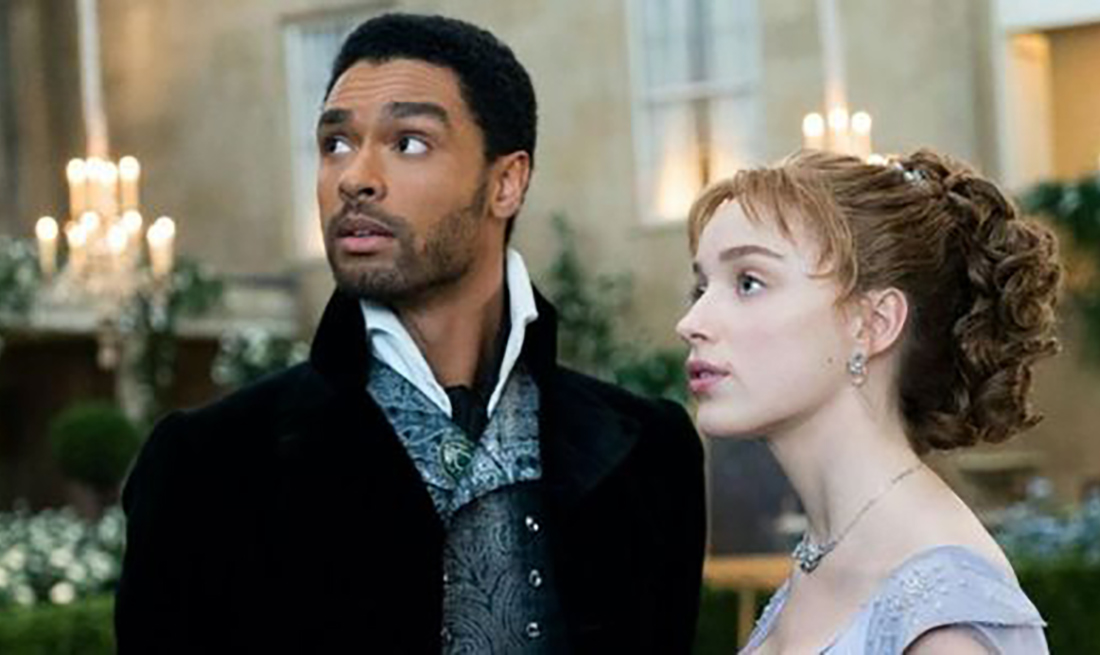
The ordeal that led to Daphne and Simon’s agreement to pretend to be courting and the other ordeal that led to their marriage both happened when Daphne was caught alone in a garden with a man. The first time, she was almost attacked by her unwanted suitor, Nigel Berbrooke (Jamie Beamish), who cornered her alone in the garden when Simon happened to walk by and saw Daphne punch Berbrooke down. After this incident, it was mentioned how Daphne could’ve been ruined if word got out that she was alone with a man in the garden.
The same thing happened when Daphne and Simon shared their socially illegal first kiss while alone in the garden, an event which triggered a duel between Daphne’s older brother Anthony (Jonathan Bailey) and Simon, and later Simon and Daphne’s wedding to protect her honor. This uproar over being seen alone with a man in a garden was very much the same in real life during the Regency era. A lady’s value was tied to her purity, one of the main reasons why they were kept in the dark about romance and if her purity was ever in question, such as being seen alone with a man who wasn’t her family without a chaperone, things could turn very ugly.
Inaccurate: The Bridgertons Weren’t a Real Family

Unfortunately, no matter how much we love the Bridgertons, they were created straight from the mind of Julia Quinn and weren’t a real family, at least as far as everyone knows. There very well could’ve been a family by the name of Bridgerton in nineteenth century London, but they’re not our beloved Bridgertons.
The showrunner Chris Van Dusen said in an interview with The Daily Express, "Bridgerton—it's not a history lesson, it's not a documentary. There were not actually any real Bridgertons in 1813 Regency London as far as I know. We honored the history, of course, but we're not beholden to it. It's a reimagined world, and what we're really doing is marrying history and fantasy in what I think is a really exciting way."
Accurate: Queen Charlotte Might've Been Biracial
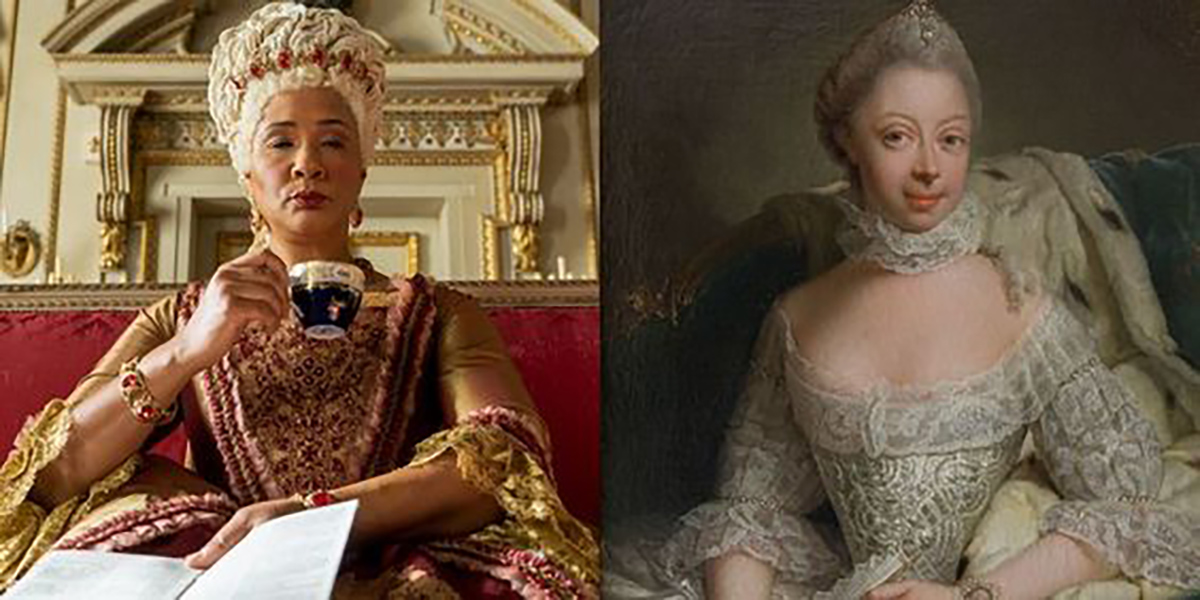
Queen Charlotte wasn’t actually a character in the books, but she was a very welcomed addition to the show by audiences and Julia Quinn alike. Queen Charlotte is played by Golda Rosheuvel, a self-identified biracial woman raised in England. While many may think that Rosheuvel’s race is just another instance of the show modernizing the past, this portrayal of Queen Charlotte’s race might actually be very historically accurate.
It has been up for debate as to whether Queen Charlotte was a person of mixed racial heritage, but the odds are highly likely. She was born to parents Duke Charles Louis Frederick of Mecklenburg, Prince of Mirow and Princess Elisabeth Albertine of Saxe-Hildburghausen. According to a piece by historian Mario de Valdes y Cocom on PBS Frontline, Queen Charlotte “was directly descended from Margarita de Castro y Sousa, a black branch of the Portuguese Royal House.” Rosheuvel loved playing the part of Queen Charlotte and told Insider, "It's so empowering for an actress to have that background and that feeling that a person in the 1800s could have been fighting for her people and could have been fighting for representation."
Accurate: There Was A Double Standard of Purity for Men and Women
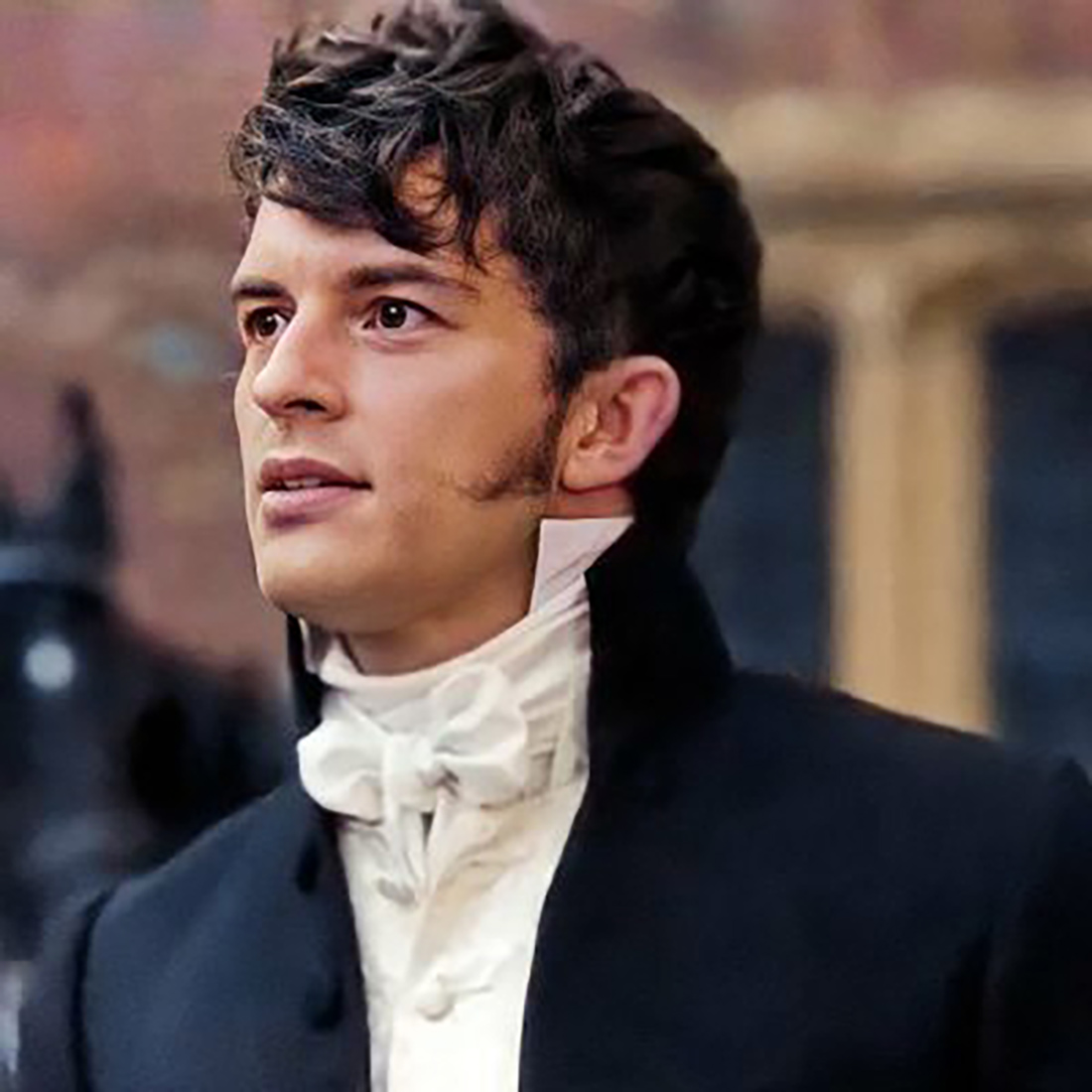
As we mentioned earlier, noble women were held to a very high standard of purity, which left them very naïve compared to the rest of the world. However, while Daphne and Eloise knew nothing about relations, their brothers Anthony and Benedict were out having very raunchy adventures.
There was a strong double standard for the expectations of men and women at the time. Women needed to be pure and proper, and honestly kept in the dark about the majority of “PG-13” related things, while men needed to be worldly and experienced. Just look at the actions of Anthony, Benedict, and Simon compared to the actions of the Bridgerton and Featherington sisters, and that will tell you all you need to know about the double standards of this time period.
Accurate: There Were Black Nobility During the Regency Era
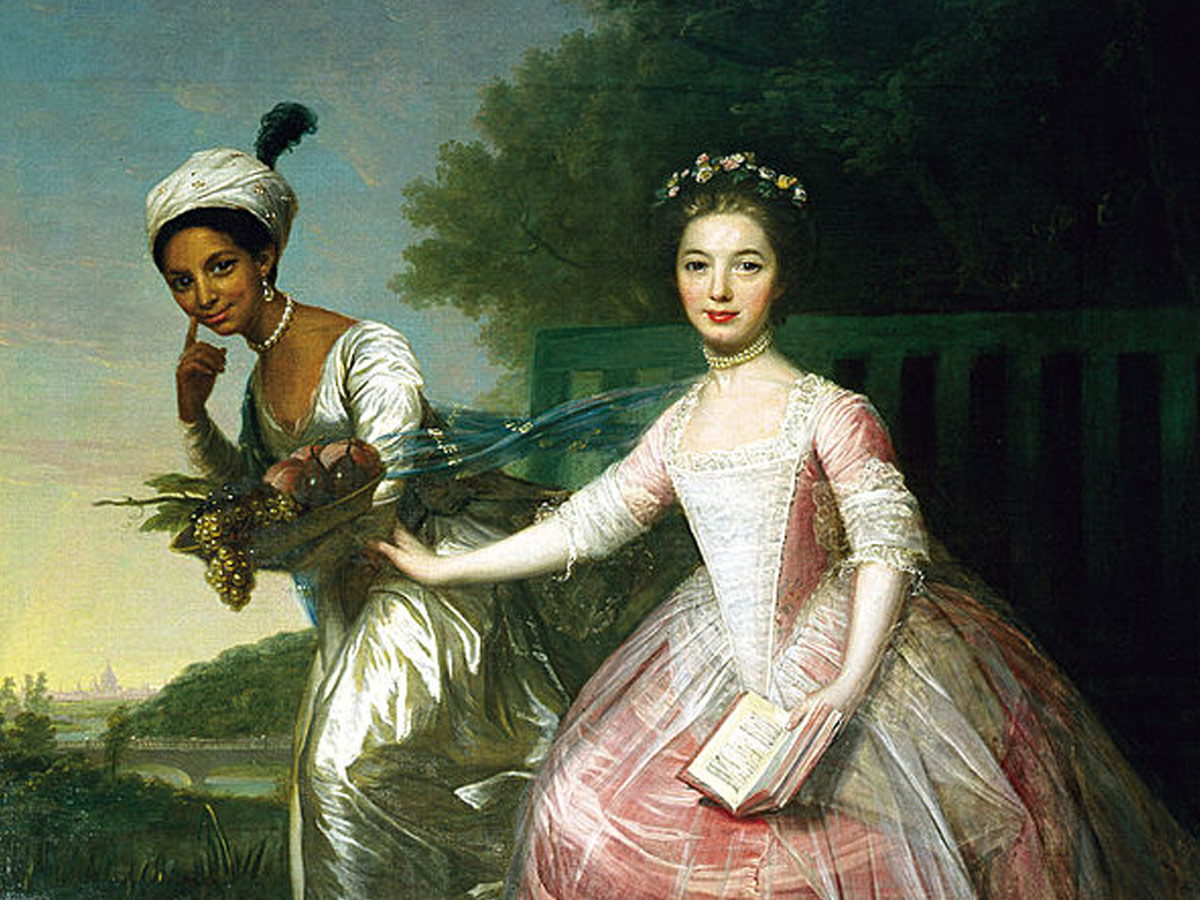
Rhimes’s vision for the show was to have the cast reflect the modern population by including actors from several different racial backgrounds. However, even though people of color are very few and far between in most other Regency pieces, it isn’t historically inaccurate to feature people of color during this time period in England. While it wasn’t as big of a mix of racial diversity in nineteenth century London, people of color still lived in England at this time, and some were even in the rankings of nobility.
One noble of color, in particular, is Dido Elizabeth Belle. Belle was the child of an African slave in the British West Indies and a British naval officer. Her father was knighted and brought her to England with him to be raised by his uncle, William Murray, first Earl of Mansfield, who educated her, gave her freedom, and granted her a portion of his money and property in his will, thereby making her an heiress and therefore part of the nobility. Black people weren’t free in the British Empire until 1833, so even though Black nobility during the Regency existed, they were still very much the exception.
Inaccurate: Marina Wouldn’t Have Been Able to Keep Her Child
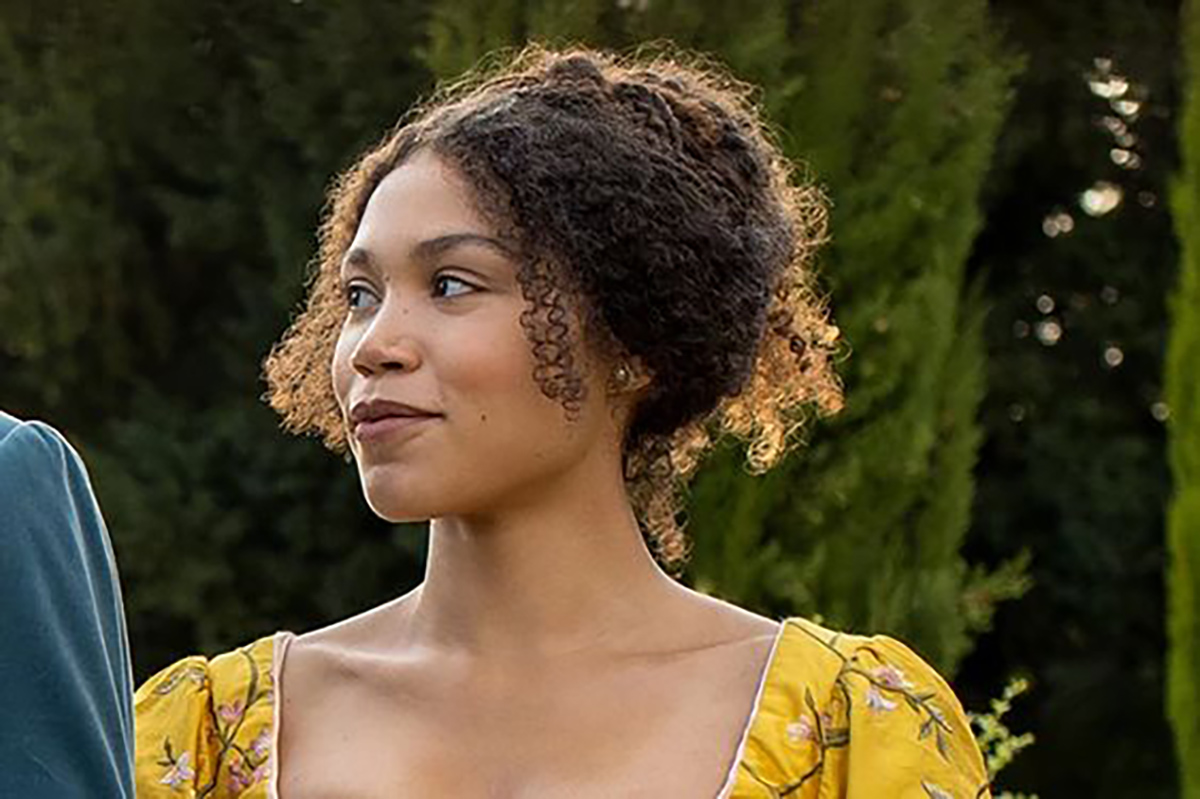
Marina (Ruby Parker) went to live with her cousins, the Featheringtons, in London during the social season to find a husband. Now, this wasn’t exactly 100% her choice because she learned that she was pregnant with the baby of a boy she loved in her hometown that went off to war. When she learned of his death for the first time, she was heartbroken and knew she had to try to find someone to marry quickly and almost married Daphne’s brother Colin (Luke Newton) until her scandalous secret was revealed. After that engagement fell through, she tried to take matters into her own hands to terminate her pregnancy with a tea, but that attempt failed and she ended up marrying her deceased lover’s brother who proposed to her out of honor for his brother.
During this mess, however, when Lady Portia Featherington (Polly Walker) learned of Marina’s situation, she made it seem like Marina and her child would have to be exiled to live in the worst part of the city for the remainder of her days if she didn’t find a husband in time, but that wasn’t historically the case. According to the Chicago Tribune, any unwed mother in the Regency era would likely go off to the countryside and leave the baby with a family and come back to town like nothing ever happened, or they would leave the child with a charity orphanage like the Foundling Hospital where nearly 1,000 babies were left every year. Marina could’ve technically given birth in private and reappeared in the next marriage market season, but her love for the child’s father made the situation more complicated.
Inaccurate: People During the Regency Didn’t Smoke
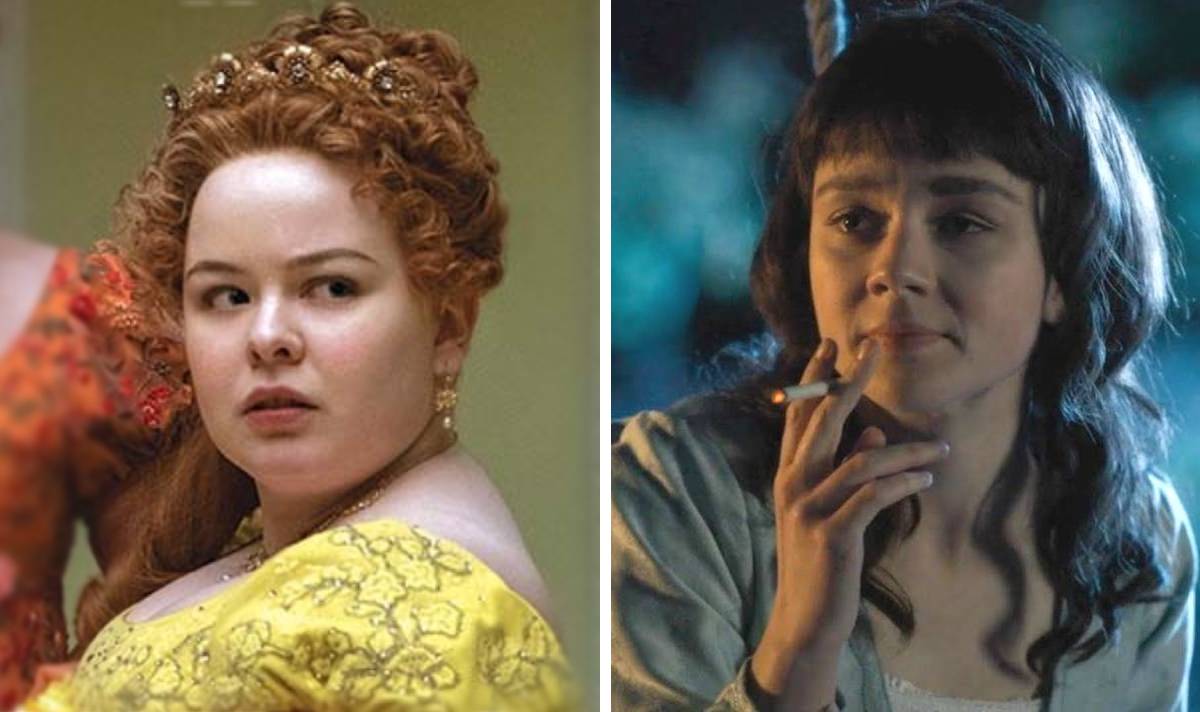
Eloise Bridgerton (Claudia Jessie) was shown several times smoking a cigarette in secret on their family property and even shared one with her older brother, Benedict (Luke Thompson). However, smoking wasn’t very popular at the time, especially for nobles, because many didn’t like the smell lingering on their clothes or hair.
Instead, snuff was more popular. This is actually what the queen is snorting in a few of the episodes, not cocaine. Snuff is tobacco, similar to what is smoked, but ground into smaller pieces so it could more easily be inhaled through the nose. This allowed them to get the similar “pleasant” effects to smoking without the smell of burnt paper or leaves.
Accurate: The Character of Will Mondrich is Based on a Real Person
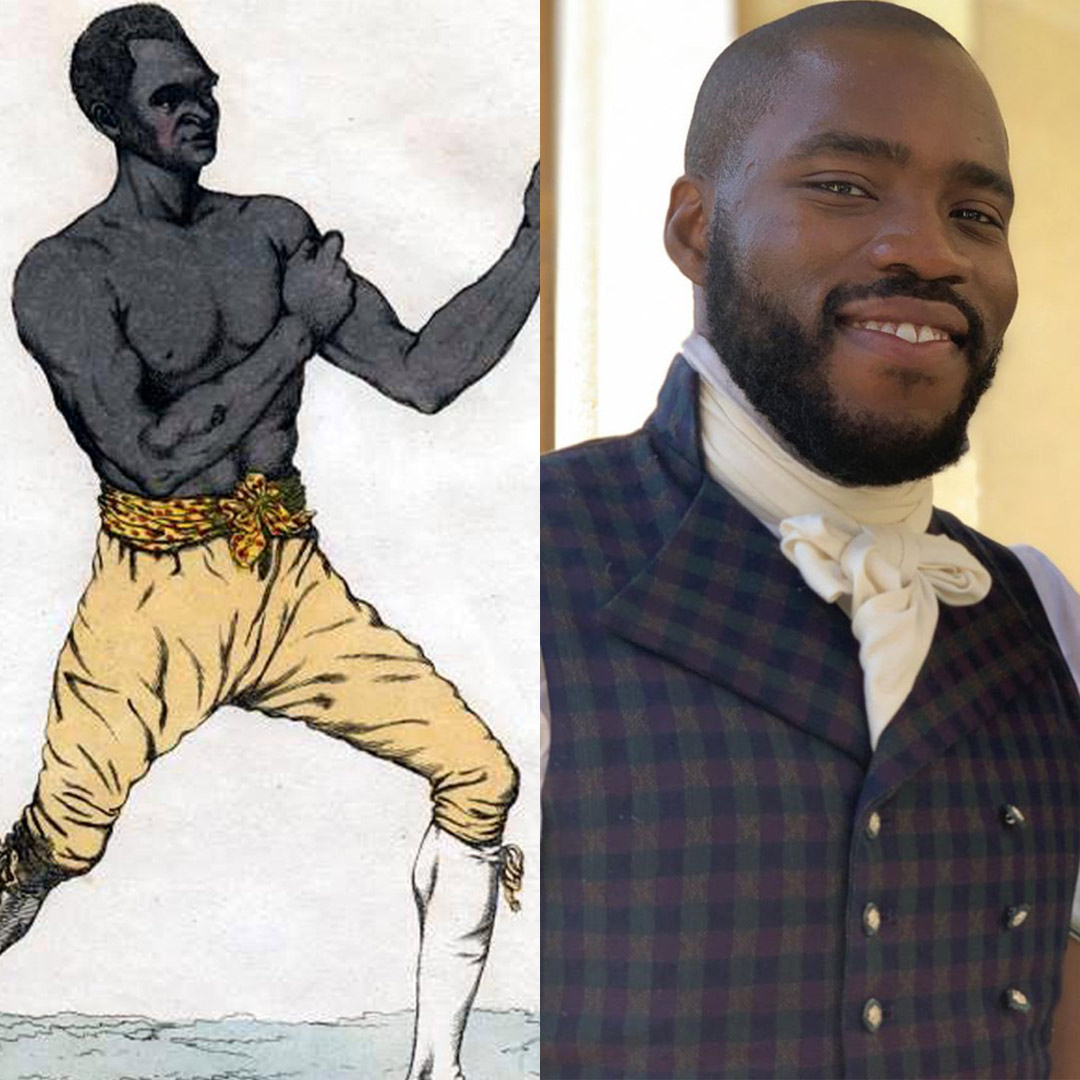
While several of the characters in Bridgerton are straight from the minds of Julia Quinn or the creators of the show, Will Mondrich (Martins Imhangbe) is actually based on a real person: Bill Richmond. Much like Bridgerton’s Will Mondrich, Bill Richmond was a Black British boxer.
Bill Richmond was born in New York as a slave, but moved to England in 1777 where he got an education, married an English woman, and had several children. If you have seen the show, you will know that Will Mondrich is very much a family man with a loving wife and lots of kids. While creative liberties were taken with the story of Bill Richmond in Bridgerton, we really enjoyed watching Mondrich as the Duke of Hastings’s level-headed best friend.
(Images via NYPL, Public domain, via Wikimedia Commons; Instagram)
Accurate: Female Nobility Were That Naïve About “Marriage Things”

While watching the show, one of the things that might come as a shock is how naïve the young ladies of the Bridgerton and Featherington families are when it comes to how babies are made. When Penelope (Nicola Coughlan) learns that Marina is pregnant but knows that she isn’t married, she is completely stumped as to how it happened, as was Eloise who said in season one, episode two, “how did she become with child if she is not married?”
And then there is Daphne whose main marital woe is based around her naivety when it comes to what exactly is needed to make a baby and ends up asking for the explicit details from her lady’s maid who then educated her better than her mother ever tried. This may seem to be for dramatic effect, but noble women of the Regency era were very much kept in the dark about all things scandalous to maintain their purity, while the women of the lower classes weren't held to as high of standards and often knew way more. So if Penelope, Eloise, and Daphne were real people, they would’ve been just as naïve as the show portrays.
Accurate: Everyone Was a Bit More Lusty During the Regency Era

During the Regency in England, there was a romantic awakening throughout the public. The Prince Regent, George IV, was very well-known among the ladies, and promiscuous parties, such as the one shown in season one episode five at Henry Granville’s house, were all the rage.
This only made the double standard between the expectations of noble women and the rest of the world even more obvious. Because of the oppression and secrecy between the noble women, it probably made this type of behavior for everyone else that much more exciting, which fueled the romance revolution of the nineteenth century.
Inaccurate: The Outfits Were Not That Extravagant
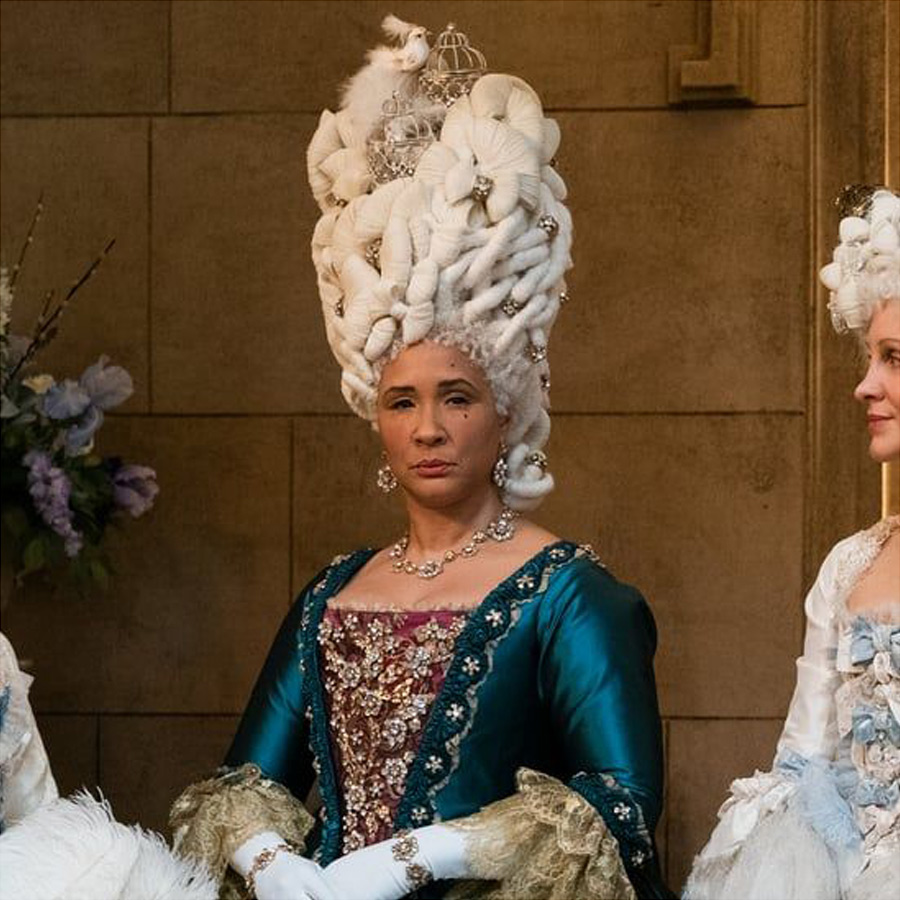
Another instance of a modern twist of history is in the outfits of the characters. While what they wore was structurally pretty accurate to what nobles actually wore during the Regency, the color palette and extravagance of several of our favorite looks from the show wouldn’t have been seen during this time period. The cast has even mentioned how the wardrobe for the show was one of the largest they have ever seen with hundreds of unique dresses and wigs designed specifically for the show. Golda Rosheuvel, who plays Queen Charlotte, said in an interview with Netflix that the queen wears something different in every shot that she is in.
From the glitter on Daphne’s fabulous white gown when she made her stunning entrance at the party with the prince to the queen’s wigs that they had to remove during breaks because of how heavy they were, all of these were modern twists with a historic base. Bridgerton’s costume designer Ellen Mirojnick said in the same interview with Netflix, “We’ve made it more luxurious and more sumptuous, and we’ve introduced a modern color palette, but we really tried to stick to the basic foundation of the 1813 silhouette.”
Accurate: Several of the Filming Locations Have Regency Era Importance
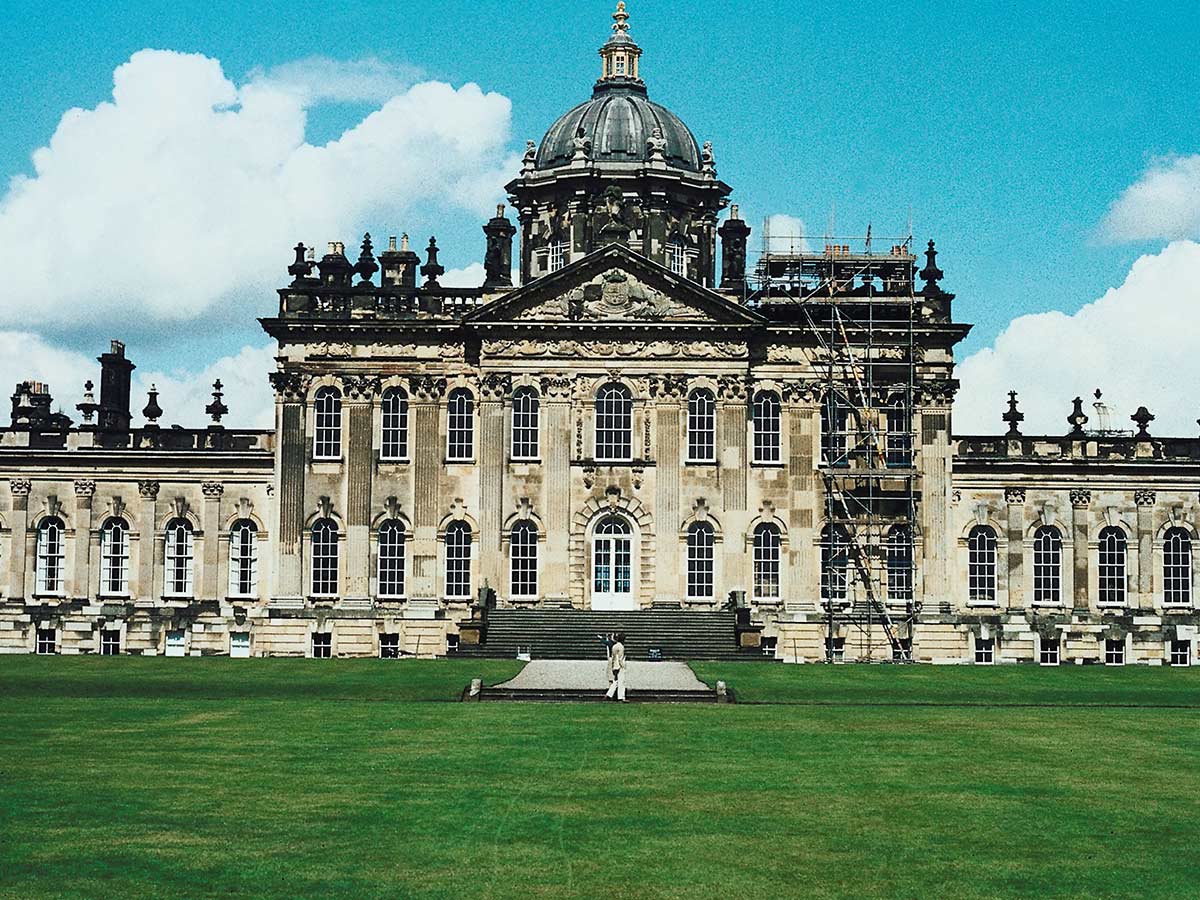
While many of the interiors of different scenes were built by set designers to be able to get the exact environment they wanted, such as the interior of the Bridgerton and Featherington homes, several of the grand buildings featured in Bridgerton are real places, and many even served similar purposes during the Regency era.
Vauxhall Gardens, the place where Daphne and Simon had their first public dance after their fake courtship agreement, was an actual place where Regency gatherings were held, such as balls for London’s marriage market season. But these Vauxhall scenes weren’t actually filmed on-location. Instead of using the real Vauxhall Gardens, which looks quite different nowadays, the producers shot the scenes on the land of Castle Howard, which also served as the Duke’s Castle Clyveden where Simon and Daphne go to live after their wedding.
Inaccurate: Simon and Lady Danbury’s Stories Wouldn’t Have Happened in Real Life

Bridgerton wanted to model a modern audience, but there really wasn’t any explanation for this racial diversity set in a time period where many people of color wouldn’t have had the status their characters had in the show. The only blunt discussion of this mix was when Lady Danbury (Adjoa Andoh) said to Simon, “Look at our queen. Look at our king. Look at their marriage. Look at everything it is doing for us, allowing us to become. We were two separate societies, divided by color, until a king fell in love with one of us. Love, Your Grace, conquers all.”
This type of racial diversity during the early 1800s in England wouldn’t have been possible due to the racism that existed and the enslavement of Black people in the British Empire that was still happening until 1833. Theoretically, Lady Danbury and Simon wouldn’t have had the resources of social equality to be as prominent as they were in the show in a place and time where people of color were so deeply marginalized.
Accurate: Women Would’ve Been Able to Make Their Own Money
In episode three of the first season of Bridgerton, you will see modiste shop owner Genevieve Delacroix (Kathryn Drysdale) saying to opera singer Siena Rosso (Sabrina Bartlett) “You and I make our own way in the world” and Siena responding, “That we do.” These characters are some of the members of the lower class in Bridgerton. They were by no means the lowest class, but they were there to perform jobs that served nobility through fancy dresses and opera shows.
With all of the noblewomen desperately trying to look for a husband during the “marriage market” season, you begin to wonder why it’s so important for them to find a “match”, especially if Genevieve and Siena seem to have so much more freedom and make a way for themselves without relying on fathers and husbands. Historically, women could run a business and even financially support themselves without a husband in the Regency era. However, marrying rich was still seen as the greatest accomplishment a woman could make because it raised her status in society, and a woman supporting herself was somewhat frowned upon even though it was possible.
Inaccurate: Simon Would’ve Actually Wanted Children
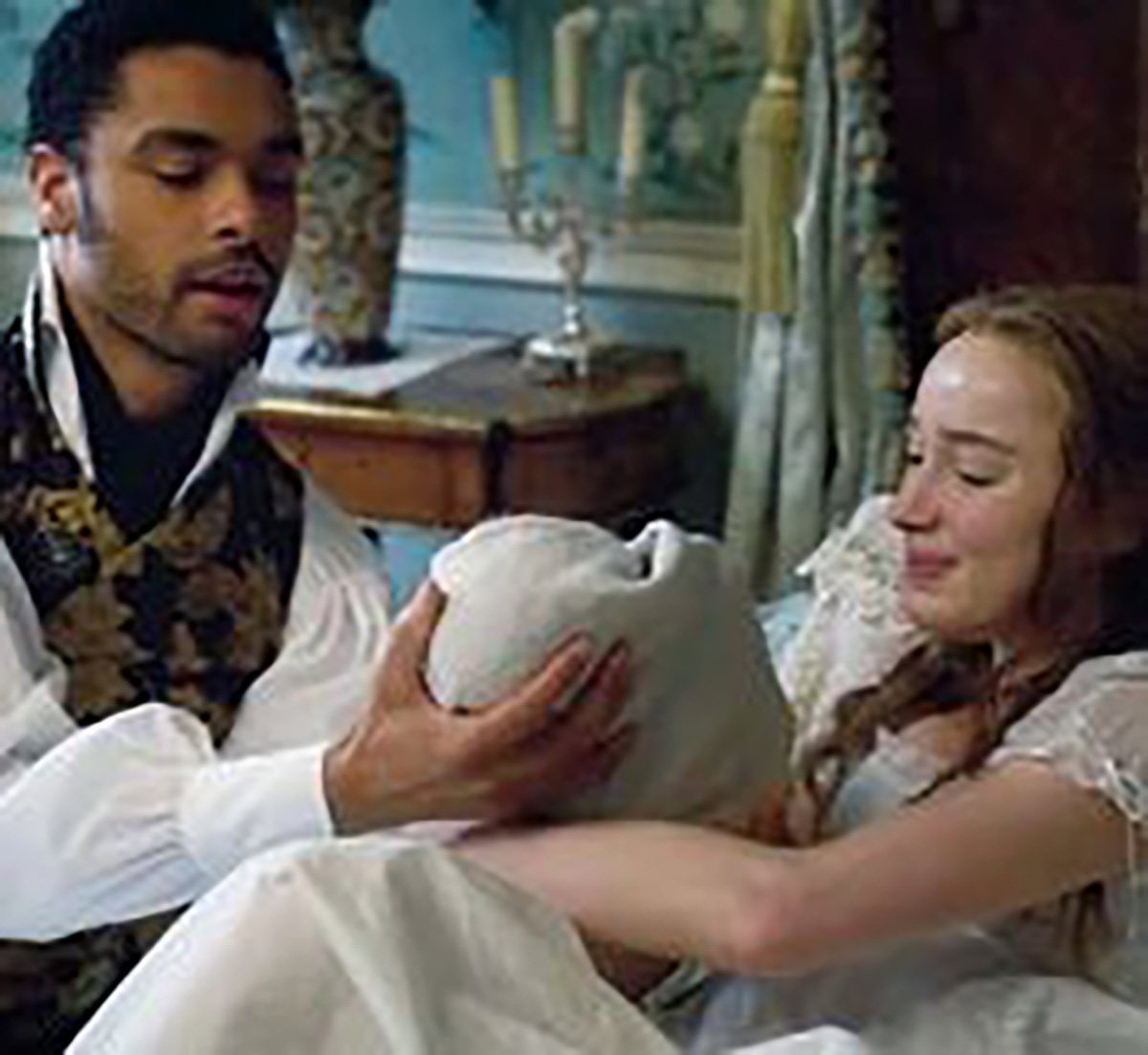
One of the main conflicts throughout season one, if not the main conflict, was Simon’s vow to his emotionally abusive father on his deathbed that he would never marry and never “sire” an heir. Simon’s father only cared about having a son to continue the Hastings line of dukes to the point of not caring about his wife’s death at Simon’s birth or of Simon’s speech impediment and lack of perfection in his father’s eyes. This vow obviously created conflict once Daphne and Simon fell in love and everything that ensued from there.
However, in real life, a duke would be deemed a fool to act this way. Of course a duke would want a child to inherit their land and have a good status in society for the rest of their life to protect their family line. Simon could’ve still acted this way in real life because of how much he hated his father, but it might not have taken him so long to come around to the idea of being a father himself, which he eventually did by the end of season one.
Accurate: The London “Marriage Market” Was a Real Social Season

Bridgerton was based around the true historic event that was the annual London “marriage market” social season. Yes, the young unmarried noblewomen would gather together each year in London for a dramatic fight for the most eligible young noblemen.
Bridgerton mentioned several times how ending the season without a match and a wedding was disgraceful to a family and wouldn’t bode well for her the next season, and yes, the stakes were just as high in real life. For women of the upper class, marriage was the highest honor, especially marriage to a man who has a fortune. While women could’ve made their own way in society, that was frowned upon, so a noblewoman and her family would rather consider her dead than resort to supporting herself and not finding a husband.
Accurate: Prince Freidrich was Queen Charlotte’s (Distant) Nephew
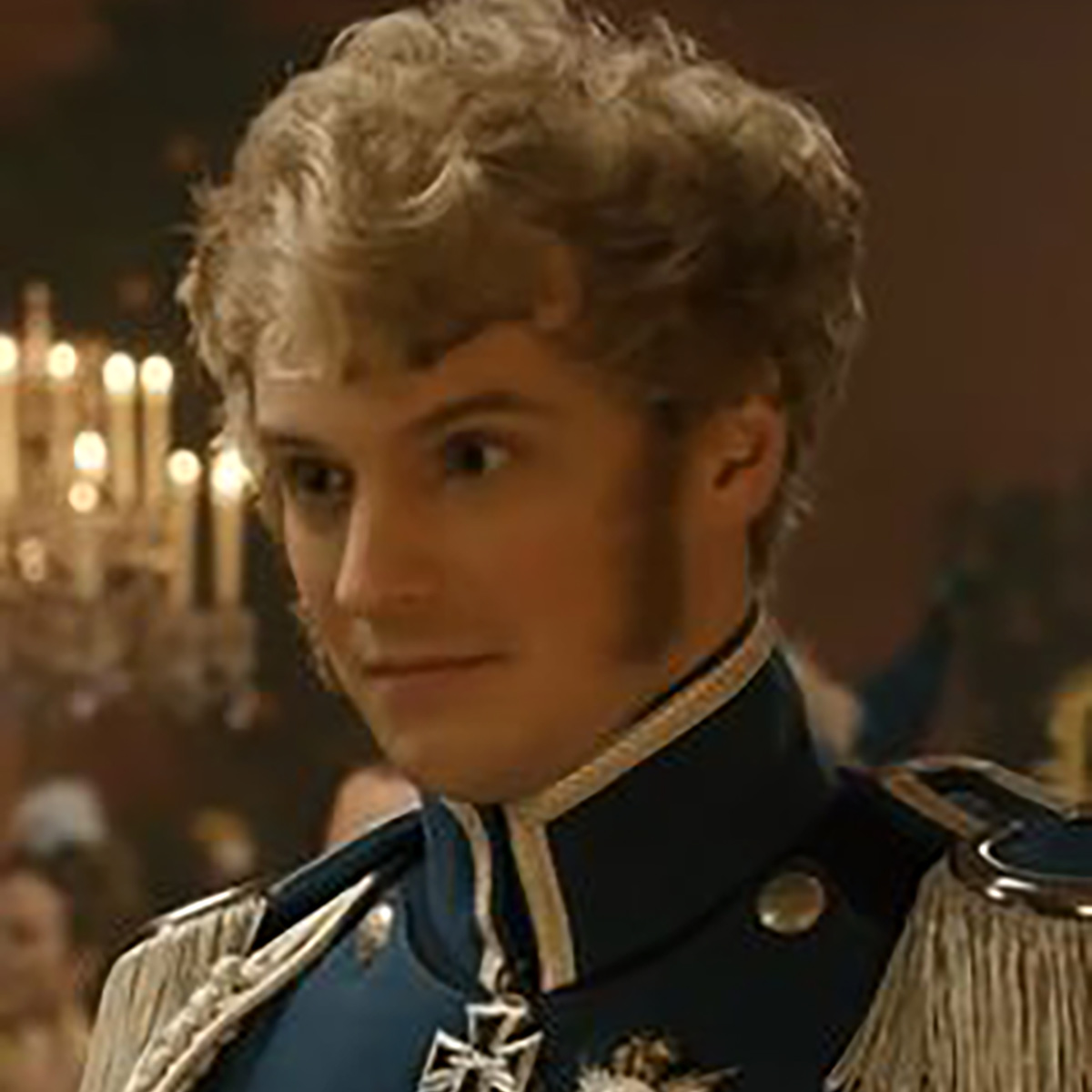
In the show, Queen Charlotte tries to get Daphne, “the diamond of the season,” to marry her nephew Prince Freidrich of Prussia (Freddie Stroma). This is historically true that Prince Frederich Wilhelm Ludwig of Prussia is the distant nephew of Queen Charlotte.
The real Prince Frederich is the son of the real Queen Charlotte’s niece, Princess Fredericka of Mecklenburg-Strelitz. However, while the names and the family lines check out, it wouldn’t have been as common for the Queen to encourage her Prince Nephew marry a common townsperson like what happened in Bridgerton. However, it did make for a dramatic plot line in Daphne and Simon’s love story.
 Author
Rachel Downs
Last Updated: November 29, 2025
Author
Rachel Downs
Last Updated: November 29, 2025